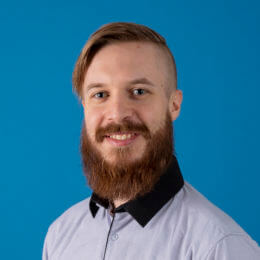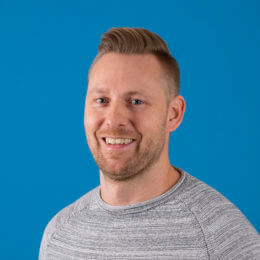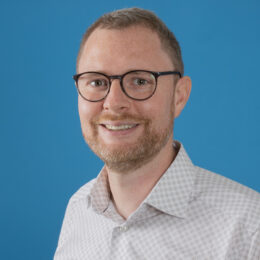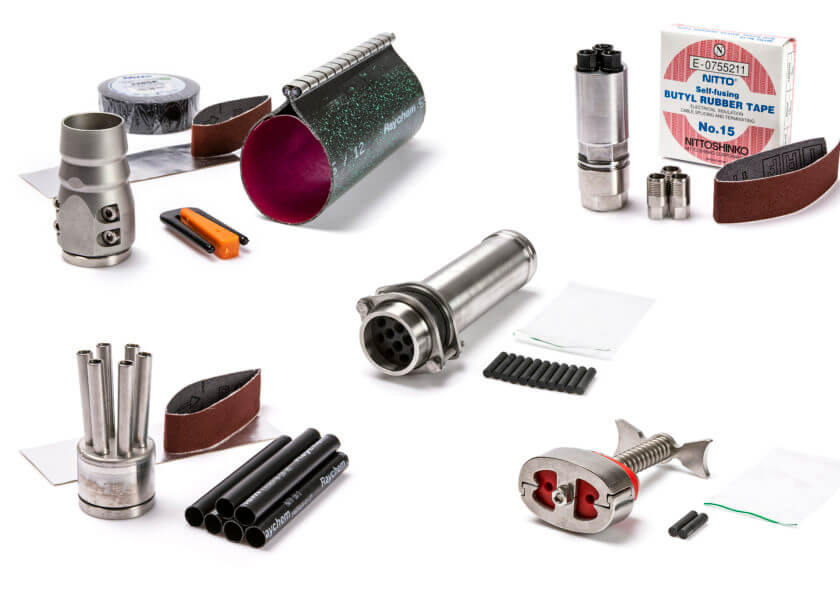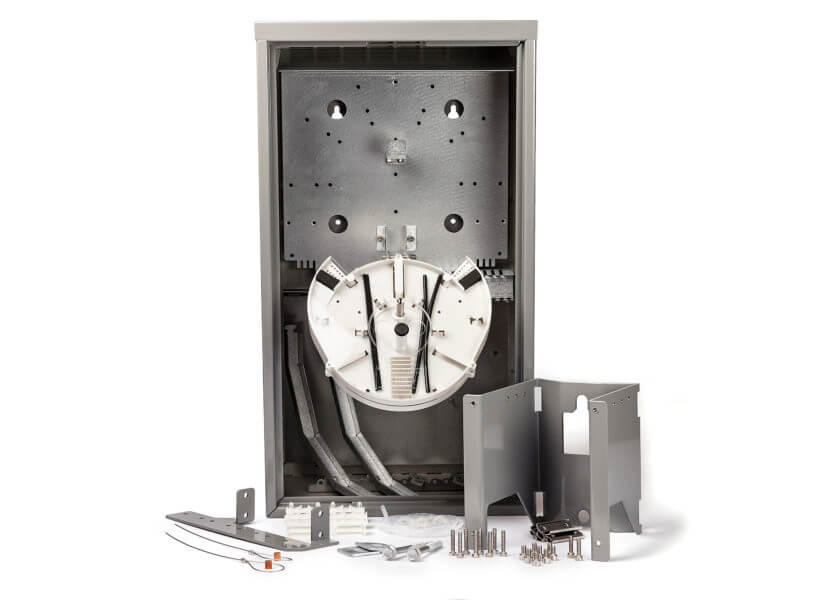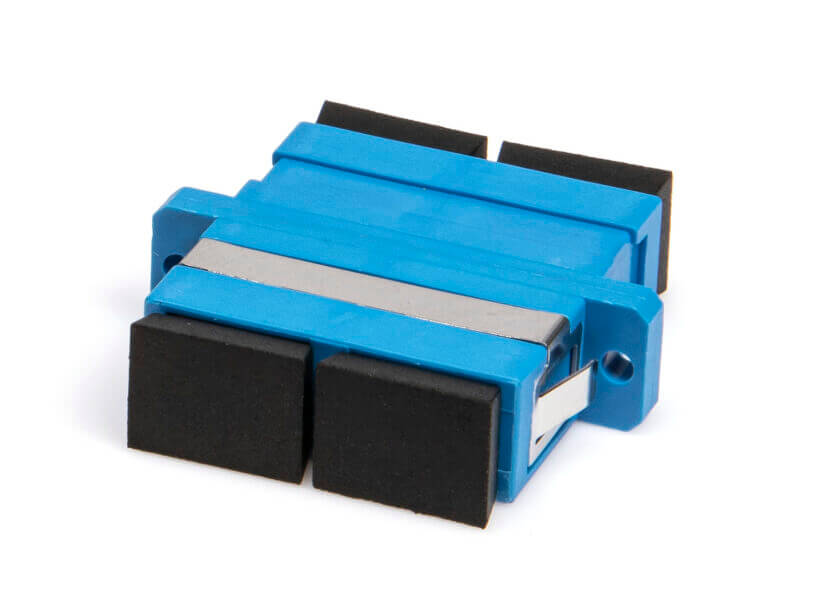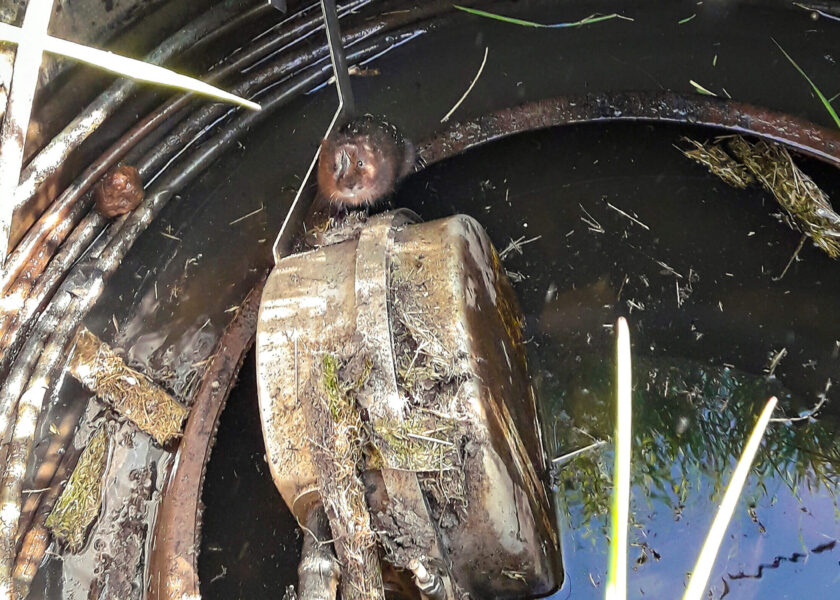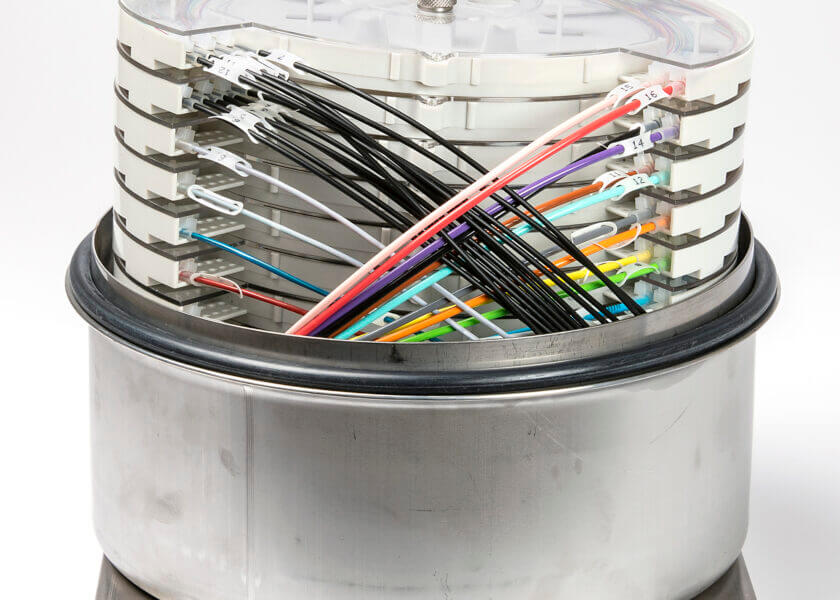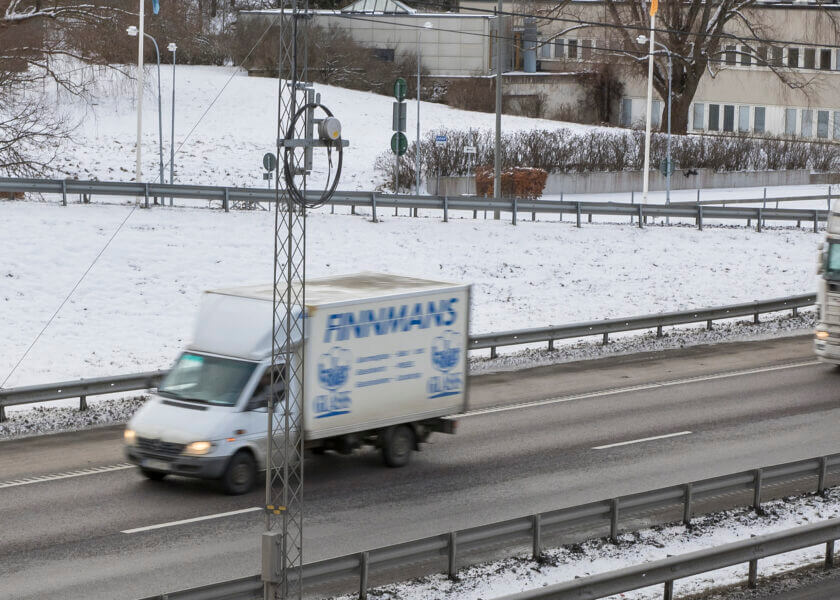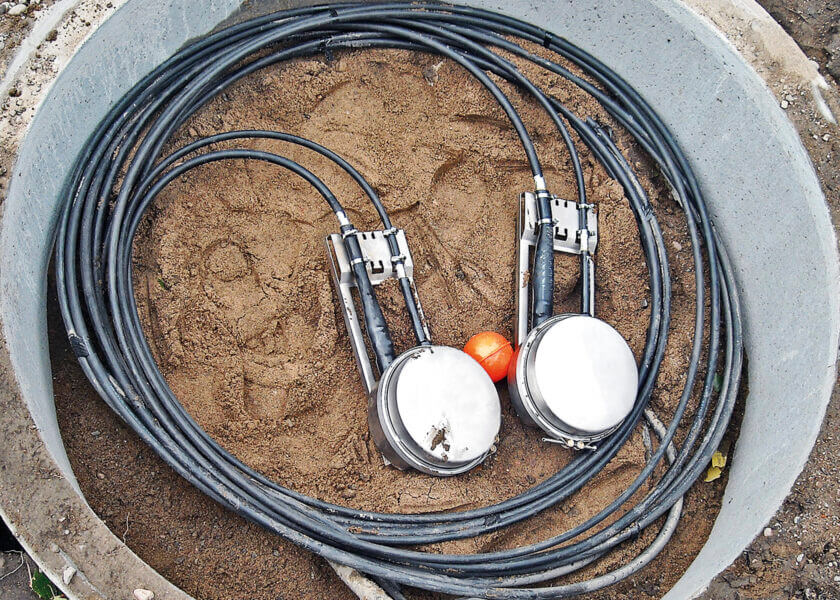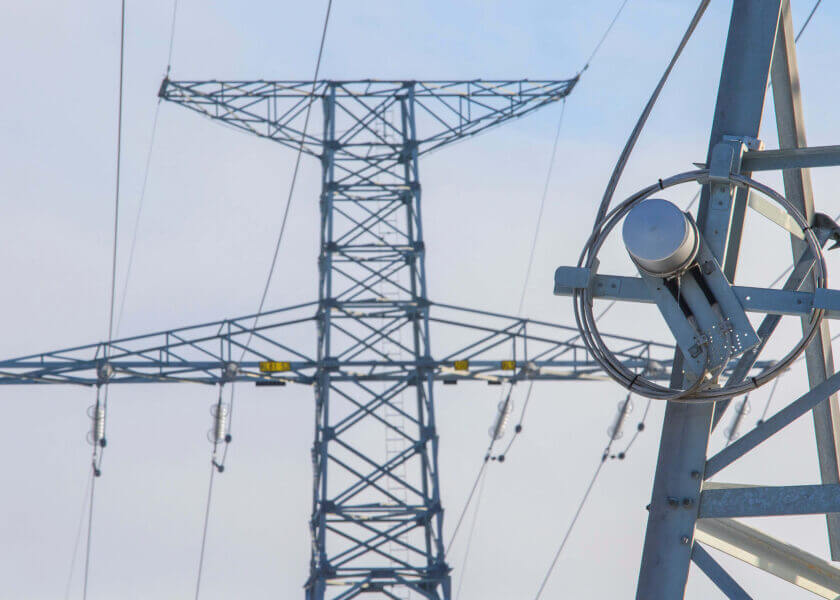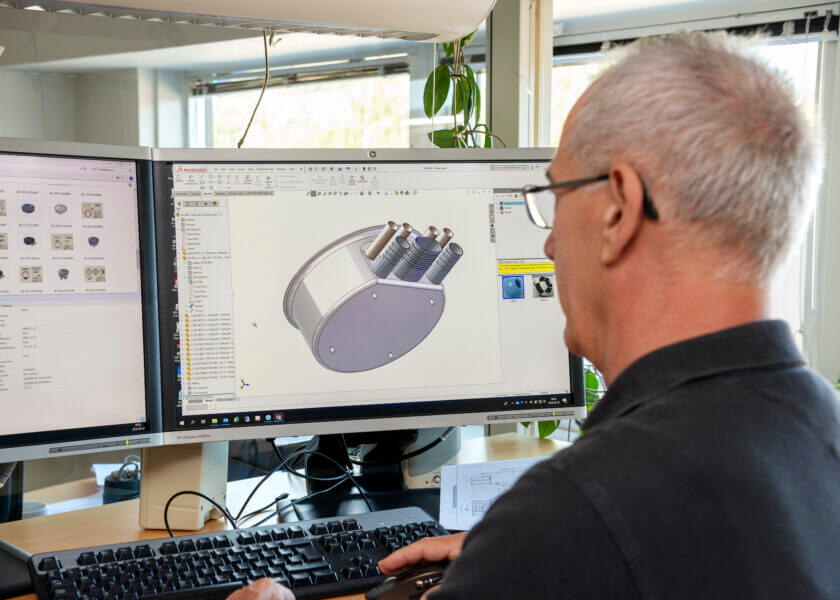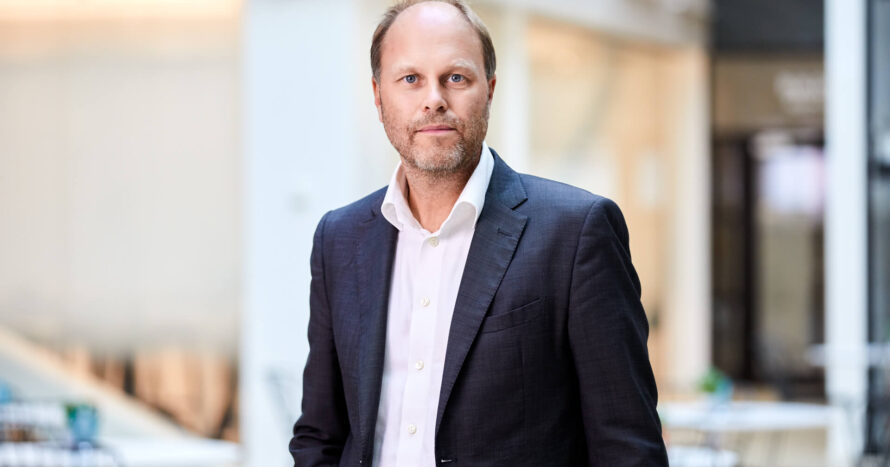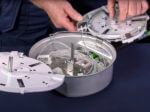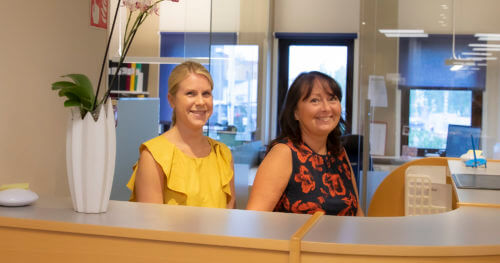I had a few questions for Mattias Fridström, Vice President & Chief Evangelist at Arelion
The interview series “I Had a Few Questions for…” continues.
In this second interview, Richard turns to Mattias Fridström, Vice President & Chief Evangelist at Arelion, a company that operates the world’s largest internet network. The conversation explores the often unseen but crucial backbone of digital infrastructure, why subsea cables are strategically vital, and how resilience and collaboration are shaping the future of global connectivity.
We would also like to extend our thanks to Mattias for taking the time to share his insights and perspectives on an industry that is both highly technical and essential for society.
Question 1: You are a strong voice within digital infrastructure. How do you describe your role at Arelion, and what drives you?
“My role is essentially to make something invisible visible. Arelion operates the world’s largest internet network – but very few people know we exist, and that we are Swedish. My job is to tell that story and make more people understand that behind everything digital there is a physical infrastructure that someone must take responsibility for.
What drives me is the pace of change. Just when you think everything is settled, the next technology shift comes along – AI, quantum physics, or some other disruptive force. After 25 years in the industry, I can still feel like a beginner. That’s exactly the feeling that makes the job so exciting.”
Question 2: How has your mission changed in recent years, and what defines your position in the industry today?
“We have chosen a clear strategy: we focus solely on connectivity. With just over 500 people, we operate subsea and land cables as well as a global optical fiber network. Many competitors spread themselves across wide service portfolios – but we have chosen to become the best at one single thing.
That makes us unique. And as digitalization accelerates, our mission becomes even more critical. When a network outage can shut down banking, payments, or public services, you realize how vital our infrastructure really is.”
Question 3: What makes the telecom industry exciting for you – and what would you say to young people considering a career in digital infrastructure?
“Telecom is an industry in constant motion. At its core it’s engineering, but it also touches AI, cybersecurity, and quantum physics. For young people thinking about career choices, my message is simple: here you get to help build the world’s most important infrastructure.
It’s an industry where you’re always learning something new, where you work globally – and where you know that what you do truly makes a difference.”
Question 4: How have subsea cables evolved, and why are they so strategically important – especially in the Baltic Sea region?
“Almost all intercontinental internet traffic (95–99%) runs through them, which makes the Baltic Sea a strategic hub since it connects the Nordics and the Baltics with the rest of the world.
What has happened in recent years is that subsea cables have gone from being ‘invisible technology’ to being seen as strategic resources. The events in the Baltic Sea in 2023–24 made more people realize both the vulnerabilities – and the need for redundancy.”
Question 5: How have the events in the Baltic Sea over the past year affected your work, both technically and from a business perspective?
“From a technical perspective, we showed that the systems work. When cables were cut, traffic was rerouted – users barely noticed. Our teams and resources in Sweden and Finland proved that we can repair quickly and safely.
From a business perspective, awareness increased enormously. Suddenly people knew that a Swedish company owns critical cables in the Baltic Sea. That led to new dialogues with both customers and authorities about how the infrastructure should be protected and developed.”
Question 6: What are the biggest challenges in building, maintaining, and repairing subsea cables in the Baltic Sea, and what lessons are most valuable?
“The biggest challenge isn’t technology – it’s time. The permitting process for new subsea cables can take several years, which is completely unreasonable when the demand for data centers is growing so fast. We must find a better balance between environmental considerations and societal benefit.
When it comes to repairs, the key lesson is that competence is more important than ships. Fixing a subsea cable is a craft that requires experience. The Nordics are strong thanks to a long tradition and skilled teams. That expertise makes all the difference.”
Question 7: What role do competence and experience play in your industry?
“They are absolutely crucial. You can buy ships and equipment, but without people who know how to repair a cable in rough weather, it doesn’t matter. That knowledge cannot be outsourced far away – it has to exist nearby. That’s why recruitment, training, and knowledge transfer are among our most important strategic issues.”
Question 8: What does redundancy and resilience mean in practice for you – and which issues should the industry collaborate more on going forward?
“For us, redundancy means always having multiple routes for traffic. It’s expensive to build capacity that is rarely used – but absolutely necessary. Resilience also means collaborating broadly: we depend on many suppliers, partners, and local resources.
But we also need closer collaboration with authorities. No operator can protect critical infrastructure alone. Here we see that PTS in Sweden has taken a leading role – and that’s very positive.”
Question 9: How do you view collaboration with authorities – and what needs further development?
“When the cables in the Baltic Sea were damaged, we noticed how little knowledge there was. Authorities asked questions that revealed many believed all traffic runs via satellites. But the situation led to rapid change – the dialogue has become much better.
Today we see a completely different level of understanding, and PTS has stepped up strongly. More collaboration is still needed, but the direction is positive.”
Question 10: What obstacles do you see in the process of expanding new subsea cables – and what needs to change?
“This is where we see one of the biggest bottlenecks. Getting permits can take three years – sometimes more. That’s unsustainable. The Nordics and the Baltics have become attractive for data centers, but without cables they won’t work.
We need to shorten lead times. Environmental reviews are important, but processes must move faster and take societal benefits into account. Otherwise, we risk losing momentum in one of the most strategic future issues for the region.”
Question 11: If you meet a student or technician who wants to enter the telecom world – what would you say to attract them to the industry?
“I would say that this is an industry where you get to help build the world’s most critical infrastructure. Telecom is never static – it’s always moving. You can work with everything from subsea cables to encryption, security, and AI.
And it’s an industry where you always develop. What you do truly matters. It’s precisely the combination of technical complexity and societal responsibility that makes it so exciting.”
